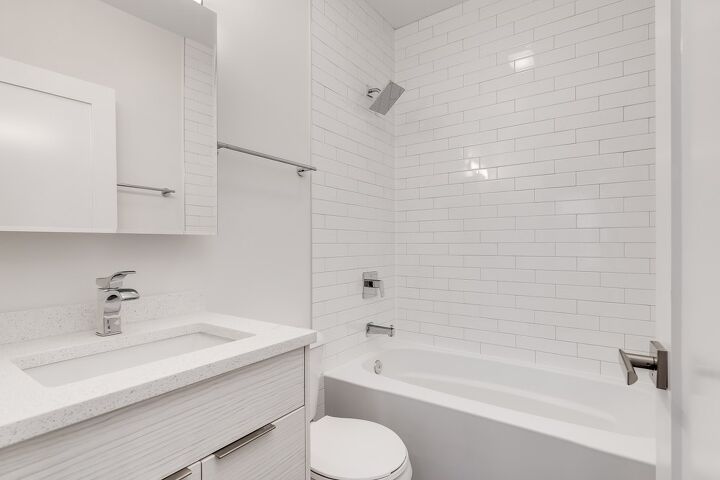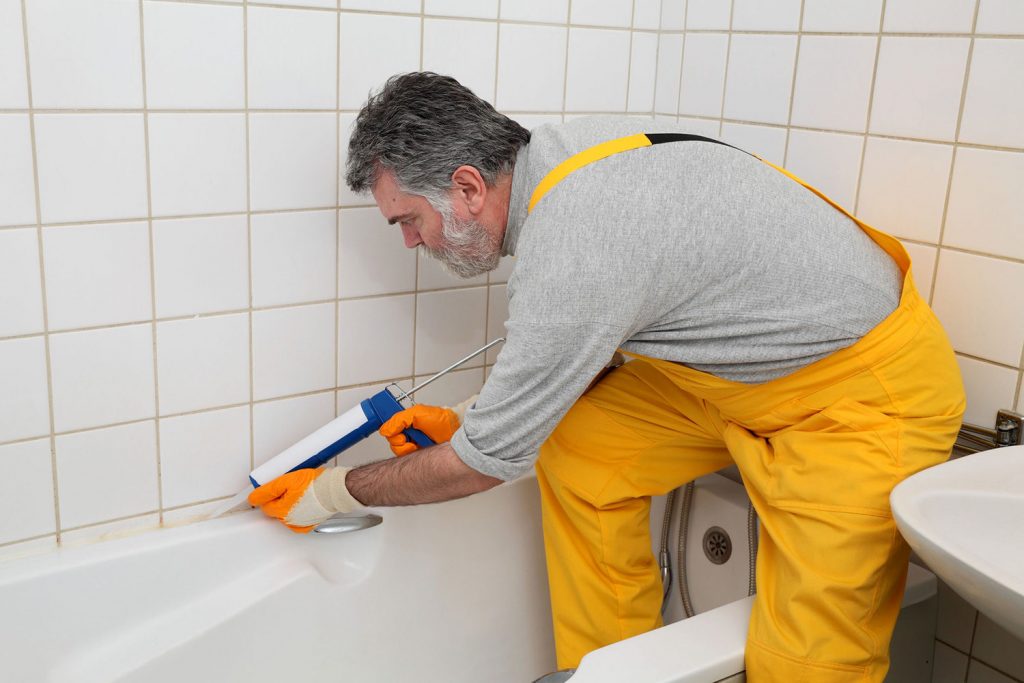{Visit Page
What're your opinions about Hiring a Plumbing Company?

Polymer bathrooms, shower trays, and various other acrylic shower room ware have ended up being extra typical in washrooms in recent times. Thanks to contemporary chemistry we now have options to enamel and ceramic materials for washroom components. These include plastic products and also various polers. Not as classy and long lasting as enamel as well as porcelain bathrooms and fixtures, they are extra inexpensive and also serve quite much the same fundamental purpose. These materials are very easy to manufacture, shop, and also transportation and also in the occurrence of damage, they are easily repaired. Some common instances of damages to acrylic shower room fixtures consist of staining, fractures, openings, and so on. Let's have a look at a few of these issues as well as fast methods of fixing them.
Damaged shower or bath surface
Polymer restroom components are not abrasion-resistant like enamel selections. Being a very soft material, acrylic scratches can also be concealed without layer or filling. For these, you need to seek expert assistance for your bath repair work.
Chain reaction
Occasionally, individuals try to paint the entire surface of their acrylic bath by themselves either since they do not like the color to conceal acnes. Nevertheless, when they do not like the outcome, they use paint eliminators. You must never use paint remover on acrylic bathrooms. Paint eliminators do not respond with the surface area of metal bathrooms, they ruin acrylic baths irreversibly. This develops much more help the specialist. The most effective strategy here is to call an expert for help with changing the bath.
Bathroom Staining
With prolonged use of acrylic baths comes staining or staining. While some discolorations can be gotten rid of quickly, making use of special chemicals, others need that the bathroom be resprayed. It is important to note that bleach or cleaning agents do very little in getting rid of such staining and also they might even intensify it. A lot of times, these cleansing representatives cause discoloration over time. Aromatherapy oils loosen up the dirt in some cases consequently restoring the bathroom to its previous glory. Cleansing and also polishing also occasionally. For even more stubborn discolorations, you will require a new layer of coating. This sort of repairing will certainly require an expert.
Split Polymer Baths
The life-span of acrylic and fiberglass bathrooms depends on 15-20 years for shower frying pans as well as bathrooms, normally. Splits in an acrylic shower tray are possibly among the easiest problems to fix for a repair professional. The most effective component is you reach see the outcomes nearly right away. This is the same for PVC, resin, as well as various other such products. A minute fracture need to be addressed on time before it spreads additional causing a lot more extreme damages. While these can be chosen a spending plan tackily, a professional can aid you get it performed with more finesse for a cost. Quick house fixes can be performed with epoxy materials yet if the outcome ends up poorly, this would certainly make the repair much more tough for a professional.
Acrylic baths, shower trays, and other acrylic restroom ware have become more common in restrooms in recent times. You need to never ever utilize paint remover on acrylic bathrooms. Paint cleaners do not react with the surface area of steel baths, they damage acrylic baths irreversibly. With prolonged usage of acrylic bathrooms comes discoloration or discoloration. The lifespan of acrylic and also fiberglass baths is up to 15-20 years for shower frying pans as well as bathrooms, normally.
How to clean Acrylic shower
USE THESE NON-ABRASIVE CLEANERS
We recommend that you clean your acrylic bathing product made of Delta ProCrylic or Acrylic with Innovex Technology with non-abrasive soaps and cleaners, such as:
- Dishwashing detergent
- Power Bathroom Cleaner
- CLR® Bath & Kitchen® Cleaner
- Formula 409® All-Purpose Cleaner
- Iron Out® Rust Stain Remover
When it’s time to clean, always use a terry cloth towel, soft cloth or sponge to avoid scratching the acrylic surface. Don’t use abrasive scrubbing pads, steel wool or sponges, cause permanent damage to the acrylic material. If you use a drain cleaner or clog remover, be sure to rinse thoroughly with water so no product is left standing near the drain.
Some chemicals and cleaners may deteriorate acrylic surfaces, causing cracks and, potentially, property damage. To avoid this, don’t use cleaning products that state on their label that they are not suitable for use on Acrylic, ABS, Polystyrene or Plastic. Be sure to check the label of any product before you apply it to the surface; it’s easier to avoid damage than to try to remedy it.
DO NOT USE THESE CLEANERS
Chemicals we do not recommend using to clean acrylic showers/tubs:
- Solvents (turpentine, lacquer thinner, mineral spirits, paint thinner, MEK, xylene, acetone, naphtha, etc.)
- Simple Green® All-Purpose Cleaner
- Pine-Sol® Original
- Scrubbing Bubbles® Cleaner
- Tilex® Bathroom Cleaner
- The Works® Tub & Shower Cleaner
- Lysol® with Hydrogen Peroxide Multi-Purpose Cleaner
- Windex® Vinegar Multi-Surface Cleaner
Sealant Application Tips
When you’re ready to apply sealant, a little planning goes a long way. Pick up some painter’s tape and use it to mask off the seam to help make cleaning up easier. When you’re applying the bead, use a constant, steady speed to avoid an uneven finish. Use a caulk tool or a plastic spoon to work the sealant into the joint. Wetting the tool with denatured alcohol will help create a smooth finish. Follow the directions on the back of the tube for cure time.
Certain chemicals and cleaners may deteriorate acrylic surfaces, causing cracks and, potentially, property damage. After you’re finished applying it, clean up the product surface and remove any excess sealant with denatured alcohol. Don’t use solvents (turpentine, lacquer thinner, mineral spirits, paint thinner, MEK, xylene, acetone, naphtha, etc.) that can wreak havoc on an acrylic surface.
With a little care and consideration, you can prevent damage to your acrylic shower or tub. Keep a supply of soft cloths handy and remove any damaging products or abrasive scrubbing items from the bathroom to ensure they aren’t around when it’s time to clean.
https://www.deltafaucet.com/design-innovation/inspiredliving/how-to-clean-acrylic-shower

Do you appreciate more info about Things To Look Out for Before Hiring a Plumbing Company? Put feedback down below. We will be pleased to hear your ideas about this write-up. We are looking forward to see you back again before long. Be sure to set aside a second to promote this blog posting if you enjoyed reading it. We recognize the value of reading our article about Finding the Right Plumbing Expert.
Click Here!
Comments on “5 Solutions to Acrylic Bathroom Troubles”